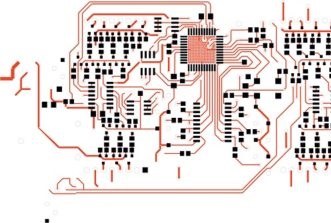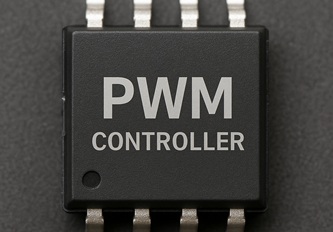“NXP Introduces EIS for EV Battery Management”
NXP Semiconductors has introduced a groundbreaking battery management chipset that incorporates electrochemical impedance spectroscopy (EIS) directly into its hardware. This innovative technology allows for synchronized cell diagnostics throughout the pack, potentially enhancing safety, charging control, and long-term performance in electric vehicles and stationary storage systems.
For readers of eeNews Europe, this development is particularly significant as EIS-based monitoring is gaining traction among European car manufacturers and Tier-1 suppliers who are keen on predictive battery health analytics and expedited certification for high-voltage systems.
Integrating impedance analysis into the BMS
The chipset comprises three key devices — the BMA7418 cell sensor, the BMA6402 gateway, and the BMA8420 battery junction box controller — all engineered for nanosecond-level synchronization. Together, they conduct real-time impedance measurements without the need for external instrumentation.
An on-chip signal generator pre-charges the high-voltage circuit and applies an excitation signal that enables DC link capacitors to function as a secondary energy reservoir. This setup can capture frequency-domain responses associated with temperature, aging, and micro short circuits, potentially reducing the reliance on additional sensors and simplifying pack design, according to NXP.
Availability
NXP anticipates that the EIS-capable chipset will be commercially available in early 2026, with enablement software running on its S32K358 automotive microcontroller. This release expands the company’s electrification portfolio, which already encompasses cell controllers, gateways, and battery junction box controllers tailored for high-voltage EV architectures.
“The EIS solution introduces a robust lab-grade diagnostic tool into the vehicle. It streamlines system design by minimizing the need for extra temperature sensors and supports the transition towards quicker, safer, and more dependable charging without compromising battery health. The chipset also provides an accessible upgrade path, with pin-to-pin compatible packages that can be seamlessly upgraded to on-cell module and battery junction box control units,” remarked Naomi Smit, VP and GM, Drivers and Energy System, NXP Semiconductors.
Impact on EV diagnostics
By integrating EIS functionality into production-grade BMS silicon, NXP aims to make impedance-based cell health assessment feasible for mass-produced vehicles. If validated in European initiatives, this approach could offer automakers a more standardized means to forecast battery degradation, facilitate warranty analysis, and enhance safety monitoring during rapid charging cycles.














